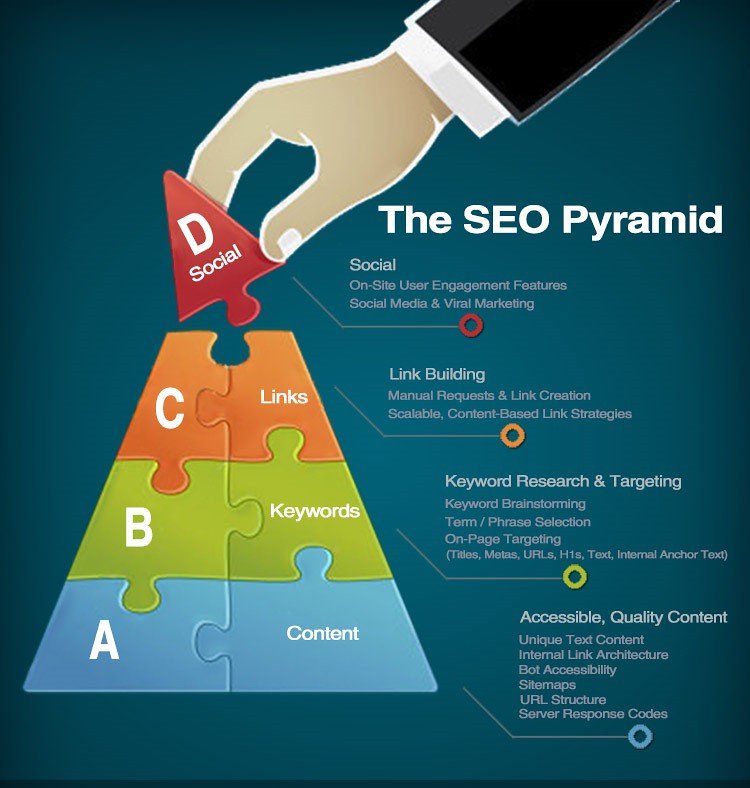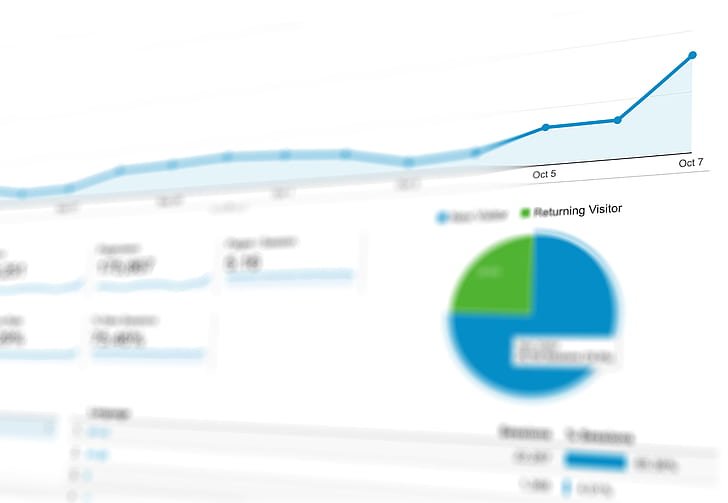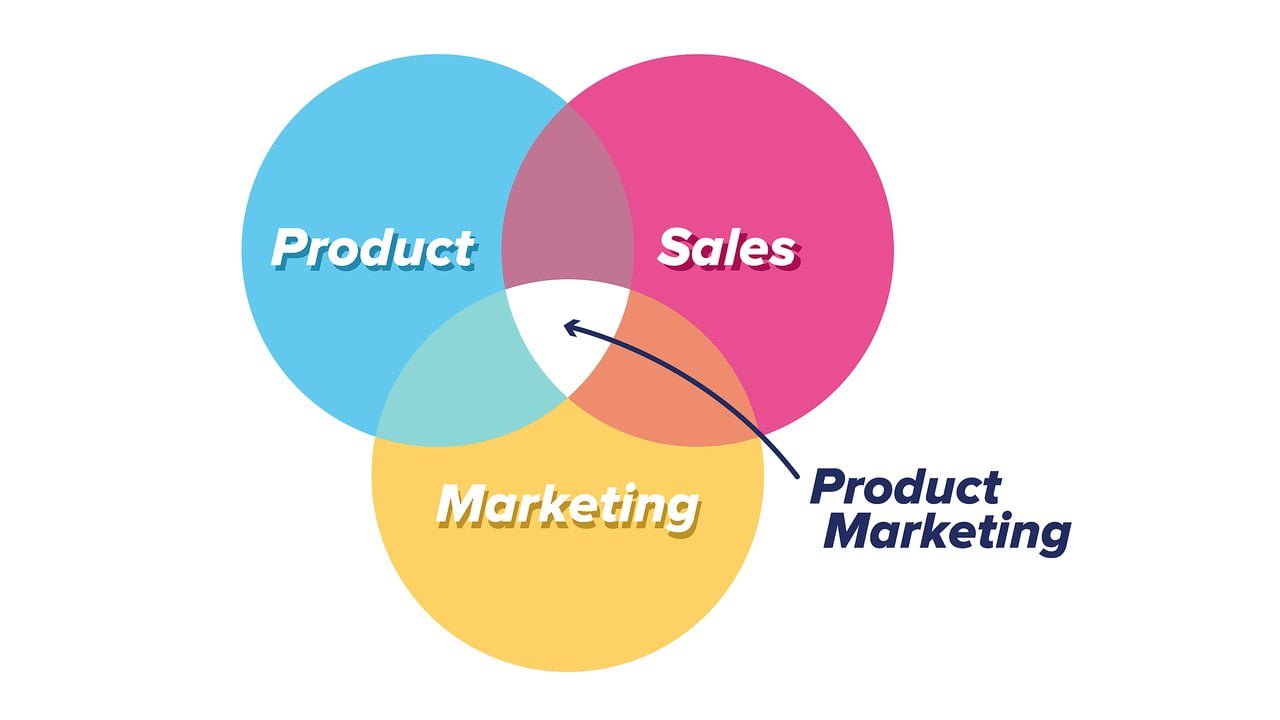In this era of digital transformation, where an overwhelming amount of data is at our fingertips, businesses are constantly searching for ways to unlock their true growth potential. Amid this quest, mastering marketing analytics emerges as an invaluable tool that can propel organizations towards unparalleled success. From understanding customer behaviors to measuring campaign effectiveness, marketing analytics arms businesses with the insights they need to optimize their strategies, improve performance, and ultimately dominate the market. Join us on a journey as we delve into the captivating world of marketing analytics, where unlocking growth becomes a tangible reality.
Table of Contents
- Maximizing Performance: The Power of Marketing Analytics Insights
- Unleashing Growth Potential: Key Strategies for Successful Marketing Analytics Implementation
- Driving Innovation: Leveraging Marketing Analytics for Enhanced Decision-Making
- From Data to Action: Practical Recommendations for Utilizing Marketing Analytics for Business Growth
- Q&A
- The Conclusion

Maximizing Performance: The Power of Marketing Analytics Insights
Marketing analytics is a powerful tool that can give businesses a competitive edge in today’s data-driven world. By analyzing various marketing metrics and consumer behavior patterns, companies can gain valuable insights into their target audience, optimize marketing strategies, and ultimately boost their performance. Here are some key reasons why mastering marketing analytics is essential for unlocking growth:
- Identify effective marketing channels: With marketing analytics, businesses can track and measure the success of different marketing channels, such as social media, email marketing, or search engine optimization. By analyzing the data, they can identify which channels are driving the most traffic and conversions, allowing them to allocate their resources more efficiently.
- Enhance customer segmentation: Marketing analytics provides a deeper understanding of customer behavior and preferences. By segmenting customers based on various criteria, such as demographics, preferences, or purchasing history, businesses can create targeted marketing campaigns and personalized experiences that resonate with specific segments.
- Optimize marketing budget: By analyzing the ROI of different marketing campaigns and channels, businesses can make more informed decisions about allocating their marketing budget. They can identify underperforming campaigns and reallocate resources to initiatives that yield better results, maximizing the impact of their marketing efforts.
Real-world examples highlight the power of marketing analytics insights. Consider a shoe retailer that discovers through analytics that their online advertising campaigns on social media platforms are driving significantly higher sales compared to traditional print media. Armed with this insight, they can reallocate budget from print media to invest more in online advertising and boost their overall revenue. Additionally, an e-commerce store might identify through analytics that customers who purchase a particular brand of skincare products are more likely to buy haircare products from the same brand. This insight allows them to create targeted cross-selling campaigns, thereby increasing their average order value.

Unleashing Growth Potential: Key Strategies for Successful Marketing Analytics Implementation
In today’s competitive business landscape, mastering marketing analytics has become essential for unlocking the full potential of your growth strategy. By effectively harnessing the power of data, businesses can gain valuable insights into customer behavior, tailor their marketing efforts, and ultimately boost their overall performance. To help you navigate this exciting field, here are some key strategies for implementing marketing analytics successfully:
1. Define your goals and objectives: Before diving into the world of marketing analytics, it’s crucial to have a clear understanding of what you want to achieve. Start by identifying your key business objectives, such as increasing brand awareness, driving website traffic, or improving conversion rates. By aligning your analytics efforts with these goals, you can focus your resources and ensure that your measurement metrics are in line with your desired outcomes.
2. Gather the right data: To derive meaningful insights, you need to gather the right data points. Determine which data sources are relevant to your business, such as website analytics, social media engagement, or customer surveys. Remember, quality is more important than quantity. Collect data that provides a comprehensive view of your customers’ journey, from initial interest to final purchase. By combining various data sets, you can gain a holistic understanding of your target audience and uncover hidden patterns and trends.

Driving Innovation: Leveraging Marketing Analytics for Enhanced Decision-Making
Marketing analytics has become a powerful tool for businesses seeking to stay competitive in today’s fast-paced digital landscape. By harnessing the power of data, companies can gain valuable insights into customer behavior, market trends, and campaign effectiveness. This information can then be leveraged to make more informed decisions and drive innovation.
One way that marketing analytics can enhance decision-making is through the identification of customer segments. By analyzing data on demographics, purchasing behavior, and online interactions, businesses can identify distinct groups of customers with similar characteristics and preferences. This enables companies to tailor their marketing strategies to better meet the needs and desires of each segment, ultimately increasing engagement and driving growth.
In addition to customer segmentation, marketing analytics can also be utilized to measure the impact of different marketing channels. By tracking the effectiveness of various advertising campaigns, companies can determine which channels are delivering the highest return on investment. For example, by comparing the conversion rates of ads displayed on social media platforms versus those on search engines, businesses can allocate their resources more effectively and focus on the channels that generate the most leads and sales.
Moreover, the predictive capabilities of marketing analytics can be invaluable in shaping future strategies. By analyzing historical data, businesses can identify patterns and trends that can be used to forecast future market conditions. For instance, a company selling seasonal products can use historical sales data to predict which months or occasions are likely to generate the highest demand. Armed with this information, companies can adjust their marketing efforts accordingly and ensure they have the right products and promotions in place when demand is at its peak.

From Data to Action: Practical Recommendations for Utilizing Marketing Analytics for Business Growth
Transforming Data into Actionable Insights
In today’s digital age, it’s not enough for businesses to simply collect and analyze data. To see real growth and boost performance, organizations must harness the power of marketing analytics and transform data into actionable insights. By leveraging these insights, businesses can make informed decisions that drive customer engagement, improve marketing strategies, and ultimately achieve business goals.
So, how can businesses effectively utilize marketing analytics to unlock their growth potential? Here are some practical recommendations:
- Define clear objectives: Before diving into analytics, clearly define your business objectives. Determine what key performance indicators (KPIs) are important for your specific goals, whether it’s increasing sales, enhancing customer loyalty, or expanding market share.
- Collect relevant data: Identify the data sources that are most crucial for your objectives. This could include customer demographics, website analytics, social media data, or sales figures. By focusing on the right data, you can extract meaningful insights to inform your marketing strategies.
- Analyze and visualize data: Make use of powerful analytics tools and techniques to analyze the collected data. Look for patterns, trends, and correlations that can provide valuable insights. Visualize the data through charts, graphs, and dashboards to easily digest and communicate the findings.
- Segment your audience: Divide your target audience into distinct segments based on common characteristics or behaviors. This segmentation allows for personalized targeting and tailored marketing campaigns, increasing the effectiveness of your messaging and driving better results.
- Monitor and iterate: Continuously monitor the performance of your marketing initiatives and iterate based on the insights gained. Regularly review your KPIs and adjust your strategies as needed to optimize results and drive sustainable growth.
By following these practical recommendations and putting marketing analytics at the heart of your business strategy, you’ll be well-equipped to unlock growth and maximize performance. Remember, data alone is just numbers, but when translated into actionable insights, it becomes a powerful tool for driving business success.
Q&A
Q: What is “” all about?
A: “” is an article that delves into the world of marketing analytics and how it can help businesses achieve significant growth.
Q: Why is marketing analytics important?
A: Marketing analytics provides businesses with valuable insights and data-driven strategies to make informed decisions, optimize marketing campaigns, and ultimately boost performance. It allows companies to understand customer behavior, measure marketing effectiveness, and identify areas for improvement.
Q: How can businesses master marketing analytics?
A: To master marketing analytics, businesses need to invest in the right tools and technologies, develop a data-driven mindset within the organization, and build a team of skilled professionals proficient in data analysis. It requires a combination of technical expertise, analytical thinking, and creativity.
Q: How can marketing analytics improve performance?
A: Marketing analytics empowers businesses to accurately target their audience, personalize their marketing messages, and allocate resources effectively. By understanding consumer preferences, businesses can optimize their marketing efforts, drive customer engagement, and ultimately boost performance in terms of conversions, sales, and ROI.
Q: Are there any challenges associated with marketing analytics?
A: Yes, there are challenges that come with marketing analytics. One major hurdle is collecting accurate and relevant data. Additionally, interpreting and analyzing data requires specialized knowledge and skills, which may be a challenge for some businesses. There can also be concerns around data privacy and security that need to be addressed.
Q: Can small businesses benefit from marketing analytics?
A: Absolutely! Marketing analytics can be beneficial for businesses of all sizes. Small businesses can leverage analytics tools to gain insights into their target market, optimize their marketing spending, and make data-driven decisions. It can level the playing field by allowing smaller businesses to compete with larger industry players on a more equal footing.
Q: How does marketing analytics influence decision-making?
A: Marketing analytics provides businesses with accurate and up-to-date information to make informed decisions. By analyzing data on customer preferences, market trends, and campaign performance, businesses can tailor their strategies, allocate resources effectively, and make decisions that are likely to yield the best results.
Q: Can marketing analytics predict future trends?
A: While marketing analytics cannot predict the future with absolute certainty, it can certainly provide valuable insights into emerging trends and patterns. By analyzing historical data, market trends, and consumer behavior, businesses can anticipate future trends and prepare their marketing strategies accordingly.
Q: How can businesses stay updated with the ever-changing field of marketing analytics?
A: Businesses can stay updated with marketing analytics by investing in continuous learning and development. Industry conferences, workshops, online courses, and engaging with industry thought leaders can help businesses stay ahead of the curve. Additionally, subscribing to reputable marketing publications and keeping up with the latest industry research can provide valuable insights to enhance marketing analytics expertise.
Q: In conclusion, why is mastering marketing analytics crucial for businesses?
A: Mastering marketing analytics is crucial for businesses as it unlocks their potential for growth and success. By understanding customer behavior, optimizing marketing efforts, and making data-driven decisions, businesses can stay ahead of the competition, improve performance, and achieve their growth objectives effectively. Marketing analytics is not just a tool; it is a mindset shift that can revolutionize the way businesses approach marketing and drive remarkable results.
The Conclusion
As we come to the end of our journey towards unlocking growth and mastering the art of marketing analytics, we can’t help but feel a sense of awe and wonder at the vast possibilities that lie ahead. We have delved into the depths of data and emerged with a newfound understanding of the immense power it holds in shaping the success of businesses big and small.
In this age of information overload, where every click, swipe, and interaction leaves a digital footprint, it is the discerning eye of the marketer that can transform this sea of data into actionable insights. We have witnessed how harnessing the power of analytics can unravel the mysteries of consumer behavior, revealing the trends and patterns that hold the key to propel brands towards unprecedented heights.
Through our exploration, we have learned that marketing analytics is not merely a tool but a language that speaks volumes about customer preferences, market trends, and the very essence of human psychology. It enables us to listen attentively to the voice of the consumer, allowing us to decipher their desires and aspirations, and then tailor our strategies to match their needs.
The journey has not been without its challenges, for swimming in a sea of numbers can be overwhelming. Yet, armed with the right tools and knowledge, we have transformed these challenges into opportunities. We have learned to identify the metrics that truly matter, uncover the hidden gems buried deep within the data sets, and leverage cutting-edge techniques to extract valuable insights.
And now, as we reach the end of this enlightening expedition, we invite you to take the plunge into the realm of marketing analytics. The possibilities are endless, and the rewards are abundant for those who dare to dive deep. So whether you are a marketing novice or a seasoned veteran, equip yourselves with this indispensable skill, and unlock the doors to growth and success.
Remember, dear readers, the world of marketing analytics is vast and ever-evolving, like a kaleidoscope of endless possibilities. Arm yourselves with knowledge, sharpen your analytical skills, and embrace the power of data-driven decision-making. Together, we can navigate the complexities of the modern business landscape and steer our brands towards unparalleled performance.
So go forth, dear readers, and unlock your potential. Let the magic of marketing analytics guide you towards a new dawn of growth and achievement. The future awaits, and it is yours for the taking.

